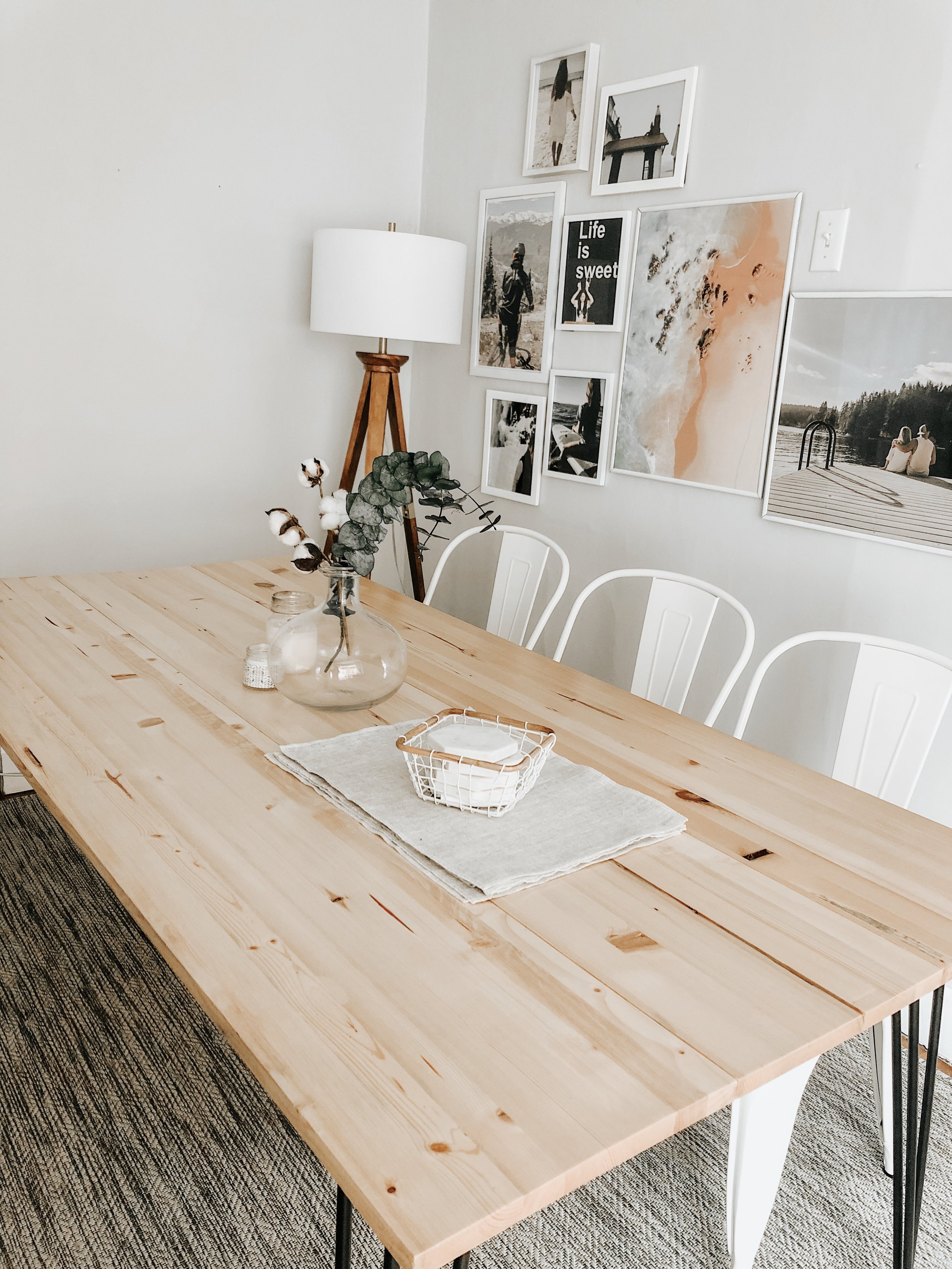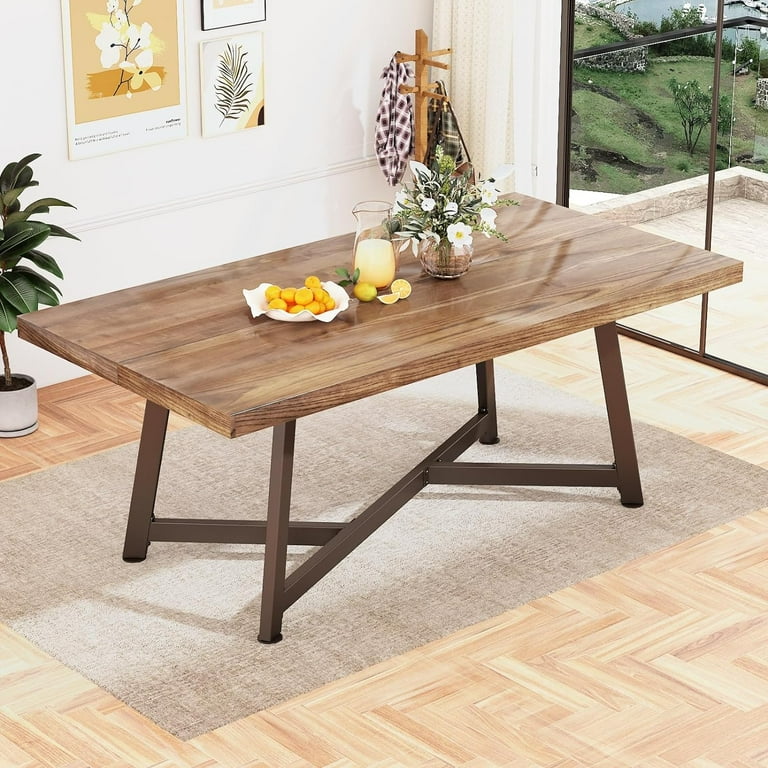Transform Your Dining Space with Stylish Dining Room Table Legs
Transform Your Dining Space with Stylish Dining Room Table Legs
Blog Article
Specialist Tips for Installing Dining-room Table Legs for Optimum Security
When it comes to installing dining area table legs, achieving maximum stability is vital for both performance and aesthetic appeals. What specific techniques can enhance security also better?
Pick the Right Legs
When selecting the ideal legs for your dining area table, it is necessary to take into consideration both capability and visual appeals. The legs you select will significantly influence the total style and stability of the table. Initially, assess the table's planned use; if you expect regular gatherings, sturdier legs, such as those made from strong wood or steel, might be better, as they use increased longevity and assistance.
Basic dining tables generally range from 28 to 30 inches in height, so make certain the legs line up with this requirement for convenience. Conical legs can add a contemporary touch, while transformed legs may share a much more timeless visual.

Select Appropriate Equipment
Exactly how can the ideal equipment improve the security and longevity of your eating room table? The choice of appropriate equipment is critical to making sure that the legs of your table are securely connected and able to endure routine use. Premium screws, screws, and braces supply the required toughness to sustain the weight of the table, in addition to any type of extra loads positioned upon it during gatherings or meals.
When selecting screws, decide for those made from resilient materials such as stainless-steel or brass, which stand up to deterioration and keep integrity over time. The length of the screws is just as vital; they need to penetrate deeply into the table's framework without jeopardizing integrity. For bolted links, consider using lock washing machines to avoid loosening up due to resonance or motion.
Additionally, making use of edge braces can add extra support, specifically for bigger tables or those with larger tops. These braces distribute weight evenly and aid maintain the table's shape. Making sure that the hardware you choose is suitable for the specific materials of your table will additionally boost its general stability and long life, permitting you to appreciate your dining experience for years to come.
Ensure Proper Placement
Proper placement of eating space table legs is essential for both visual allure and useful stability. To achieve optimum placement, begin by determining the distance from the table's edges to the leg attachment try here factors.
Utilize a level during installation to validate that each leg is perpendicular to the table top. It is a good idea to note the desired leg placements on the bottom of the table with a pencil or concealing tape prior to protecting them.
In addition, double-check the placement after the first screws are tightened up, as modifications may be needed before totally safeguarding the hardware. By prioritizing appropriate placement, you not just improve the table's total style yet also ensure that it remains practical and stable for several years ahead.

Think About Weight Distribution
After making certain correct alignment of the dining-room table legs, it is essential to consider weight circulation to boost stability and performance. dining room table legs. Proper weight distribution is vital in avoiding ensuring and wobbling that the table can sustain its designated load without threat of tipping or falling down
When positioning the legs, ensure they are positioned at equal distances from the center of the table to equally disperse the weight throughout the structure. Consider the weight of the tabletop and any kind of items that will frequently hinge on it, such as decorative items or tabletop appliances. Tables with much heavier surface areas need to ideally have legs positioned closer to the corners, as this makes the most of the base of assistance and decreases the risk of instability.
In addition, published here if the table is planned for use in a high-traffic area, think about using much heavier products for the legs or including maintaining aspects, such as cross-bracing or a reduced shelf - dining room table legs. These changes can aid maintain balance and stop moving throughout usage. Eventually, a well-considered weight circulation method will considerably enhance the table's general efficiency, ensuring it stays a functional and appealing centerpiece for your dining room
Examination Stability Before Use
Checking the stability of the dining space table before use is an important action that ought to not be overlooked. If the table shows instability, determine the legs or joints that might require change.
Following, check that all bolts and screws are tightened correctly. Loosened connections can bring about instability and possible damage gradually. If essential, use timber glue on joints to improve stability, making sure to enable appropriate drying out time.

Conclusion
In verdict, the installation of dining area table legs calls for careful consideration of products, equipment, placement, and weight circulation to achieve optimum stability. By picking strong legs and premium fasteners, guaranteeing accurate alignment, and dispersing weight uniformly, the architectural stability of the table can be significantly improved. Carrying out a security test before normal usage even more ensures that the table will certainly endure everyday stress, therefore giving a risk-free and dependable eating experience.
When it comes to installing eating room table legs, achieving optimum stability is paramount for both functionality and visual appeals. The read more legs you choose will significantly affect the total layout and security of the table (dining room table legs). Standard dining tables usually vary from 28 to 30 inches in height, so ensure the legs align with this requirement for comfort.Proper placement of eating room table legs is vital for both visual charm and practical stability.In conclusion, the setup of eating space table legs needs cautious consideration of materials, equipment, weight, and placement distribution to achieve maximum stability
Report this page